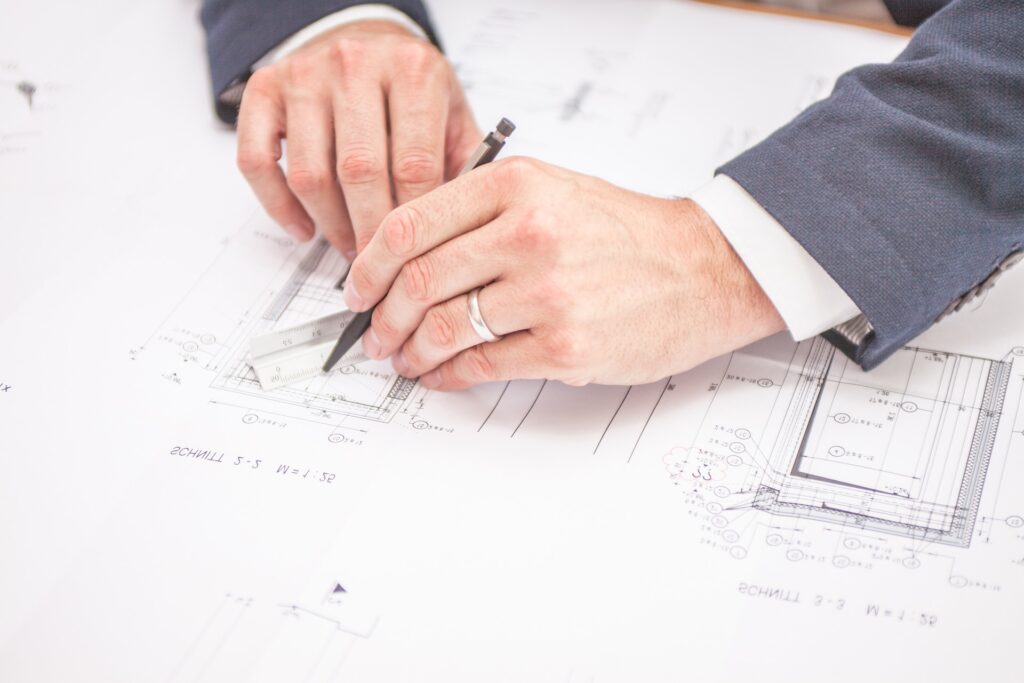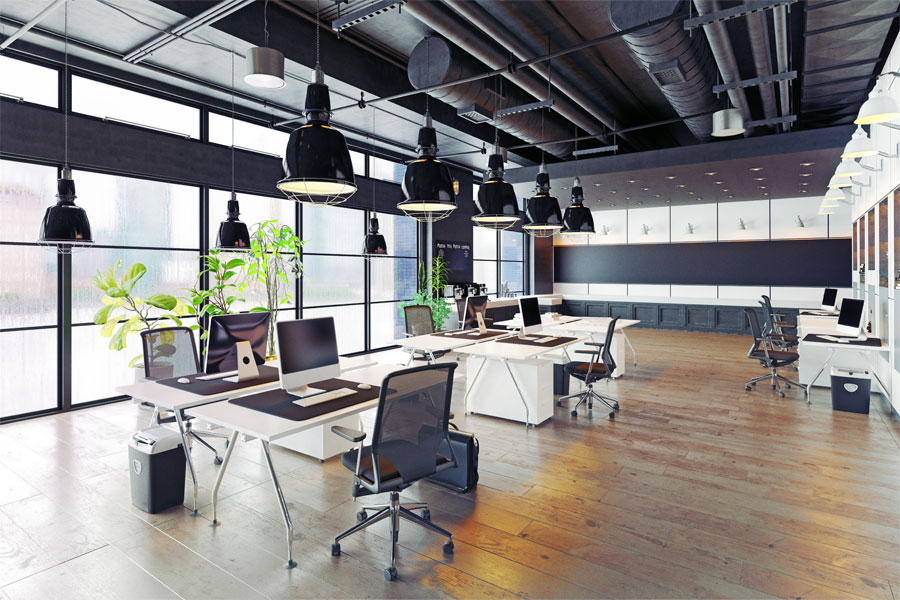As humans, we have an innate connection to nature. We are instinctively drawn to natural environments, and research shows that exposure to nature has numerous benefits for our physical and mental wellbeing. However, with many of us spending the majority of our time indoors, we often lack the opportunity to connect with nature on a daily basis. This is where biophilic design comes in.
Biophilic design is a concept that incorporates elements of nature into interior spaces. It is based on the idea that our connection to nature is essential to our health and wellbeing, and that we can benefit from bringing natural elements into our built environments. In the workplace, biophilic design has gained popularity in recent years as commercial interior design companies look for ways to create healthier and more sustainable work environments for their employees.
In this article, we will explore the benefits of biophilic design in the workplace, different ways to incorporate it into interior spaces, and examples of companies that have successfully implemented this design approach.
Benefits of Biophilic Design in the Workplace
Research has shown that exposure to nature has numerous benefits for our physical and mental wellbeing. By incorporating elements of nature into interior spaces, biophilic design can provide the following benefits in the workplace:
Improved air quality
Plants are natural air purifiers, and incorporating them into interior spaces can help improve indoor air quality. This is particularly important in the workplace, where poor air quality can have negative effects on employee health and productivity.
Increased productivity
Research has shown that exposure to nature can improve productivity in the workplace. Studies have found that employees who work in environments with natural elements, such as plants or natural light, are more productive and have higher job satisfaction.
Reduced stress
Exposure to nature has been shown to reduce stress levels in humans. Incorporating natural elements into interior spaces can create a calming and relaxing environment that can help reduce stress in the workplace.
Improved wellbeing
Studies have shown that exposure to nature can improve overall wellbeing. By incorporating natural elements into interior spaces, biophilic design can provide a sense of calm and tranquility that can improve employee wellbeing.
Enhanced creativity
Exposure to nature has also been shown to enhance creativity. Incorporating natural elements into interior spaces can help stimulate the imagination and foster creativity in the workplace.
Different Ways to Incorporate Biophilic Design in the Workplace
There are many different ways to incorporate biophilic design into interior spaces. Here are a few examples:
Living walls
Living walls, also known as green walls, are a popular way to incorporate plants into commercial interior spaces. Living walls can be used to create a natural focal point in a space, and they can also help improve indoor air quality.
Natural light
Natural light is an essential element of biophilic design. Maximizing natural light in a space can help improve employee mood, productivity, and overall wellbeing. To maximize natural light, consider incorporating large windows, skylights, or light shelves.
Water features
Water features, such as fountains or indoor ponds, can help create a calming and relaxing environment in the workplace. Water features can also help improve air quality by adding humidity to the air.
Natural materials
Incorporating natural materials, such as wood or stone, into interior spaces can help create a sense of warmth and texture. Natural materials can be used for flooring, furniture, or accent walls.
Views of nature
Views of nature, such as a park or natural landscape, can help create a sense of connection to the outdoors. If possible, consider positioning workstations or common areas near windows with views of nature.
Examples of Companies with Successful Biophilic Design
Many companies have successfully incorporated biophilic design into their workplaces. Here are a few examples:
Amazon Spheres
Amazon’s Spheres in Seattle are a prime example of successful biophilic design in the workplace. The Spheres are a set of three connected glass domes that house over 40,000 plants from around the world. The Spheres are open to Amazon employees and are used as a space for collaboration and innovation.
Etsy
Etsy’s headquarters in Brooklyn, New York, incorporate biophilic design throughout the space. The office features living walls, natural materials, and views of nature. Etsy has also implemented a “green team” that oversees the care of plants throughout the office.
Google has incorporated biophilic design into many of its offices around the world. Google’s office in Zurich, for example, features a rooftop garden, living walls, and natural light. Google also encourages its employees to take breaks and go for walks in the outdoor spaces around the office.
Salesforce
Salesforce’s office in San Francisco features a living wall that spans three floors of the building. The living wall is made up of over 4,000 plants and helps improve air quality in the office. Salesforce also has an outdoor terrace that provides views of the San Francisco Bay.
The Bullitt Center
The Bullitt Center in Seattle is a commercial building that has been designed to meet the Living Building Challenge, which is the most stringent green building certification program in the world. The building incorporates biophilic design throughout the space, including a rooftop garden, natural materials, and views of nature.
Tips for Incorporating Biophilic Design in the Workplace
If you are considering incorporating biophilic design into your workplace, here are a few tips to keep in mind:
Start small
Incorporating biophilic design into a space can be a significant investment. If you are just starting out, consider incorporating small elements, such as plants or natural materials, into the space.
Consider the needs of your employees
When designing a space, it is essential to consider the needs of your employees. What will help improve their productivity, wellbeing, and overall satisfaction? Incorporating biophilic design elements that meet the needs of your employees can help ensure the success of the project.
Prioritize natural light
Maximizing natural light in a space should be a priority in biophilic design. Natural light has been shown to have numerous benefits for employee health and productivity.
Plan for maintenance
Incorporating living plants or water features into a space requires ongoing maintenance. When designing a space, it is essential to plan for ongoing maintenance to ensure the success of the biophilic design elements.
Conclusion
Incorporating biophilic design into the workplace can provide numerous benefits for employee health and productivity. By incorporating natural elements into interior spaces, biophilic design can help improve air quality, increase productivity, reduce stress, improve overall wellbeing, and enhance creativity. There are many different ways to incorporate biophilic design into a space, including living walls, natural light, water features, natural materials, and views of nature. When designing a commercial interior space, it is essential to consider the needs of your employees, prioritize natural light, and plan for ongoing maintenance.




